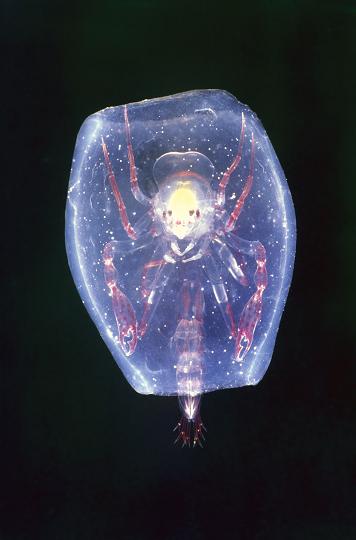…where science, futurism, and anything else Stephen finds interesting are thrown together in an informational stew for your consumption.
Enjoy!
Follow Stephen on Twitter: @stephentgo
- “The most important question we must ask ourselves is, ‘Are we being good ancestors?’”
- Jonas Salk
- A US DOE Roadmap for Nuclear Energy and Uranium .
Through 2100? Um, farsigted is great, but this seems a little unrealistic.
- Marvel releases glorious concept art posters for upcoming Captain America and Thor movies.

- Kindles, iPads, and Other eBook Readers from Public & Academic Libraries
We’ll see a lot more of this as the price of these devices continues to drop.
- Popular Mechanics: This is the inside story of the .
- Virginia Postrel: Four authors explain why they feel $1.99 is ideal eBook price.
EBooks eliminate the cost of printing, transporting, storage, and middlemen, so why not? And Apple has found that this is the right price point for Aps. Its cheap enough that people will more readily purchase on the mere chance that they may get something out of it.
- Roger Ebert: movies “everyone” loves? “My Neighbor Totoro,” “Lawrence of Arabia,” “A Christmas Story,” “Bride of Frankenstein,” “Fargo,” “Notorious,” “Princess Bride,” “Duck Soup,” “Pinocchio,” “It’s a Wonderful Life,” “Hard Day’s Night,” “Jaws.”
I’d add “Star Wars: A New Hope.”
- A convincing for adding random strangers to your twitter feed.
The idea is to challenge yourself with different thinking. Better than going random would be purposefully following people with different beliefs or backgrounds.
- Robot can power itself with producing Artificial Gut.
If a full sized robot can power itself in a way similar to a human body, could medical devices one day be powered by the same energy system that the biological body uses?
Favorite quote: “Diarrhoea-bot would be more appropriate,” Melhuish admits. “It’s not exactly knocking out rabbit pellets.”
- TEDx: “Can Nanotechnology Help Feed the World?”
Here is the simplest way nanotech might help:
But the speaker was more excited about the possibility of developing “smart fertilizers.”
- Makerbot joining RepRap in the ranks of devices that can (partially) self-copy. Coming soon: a self-replicating 3D printer revolution!
There are still major hurdles to be cleared on the path to self-replication, however. Few printers can create more than plastic parts. While we have seen stainless steel printing, most metals are still far from accessible, and the semi-conductors needed for printing electronics seem many years off (though some progress is being made there too). Also, none of these printers come equipped with robotic arms, and until they are you can expect that every ‘self-replicating’ machine is still going to require a lot of human labor to assemble.
Makerbot and the RepRap have an important similarity: both are open-source projects. Both allow the sort of incremental improvement necessary to move toward self-replication.
- Open source crowdsource. What’s the difference? Is one better than the other?
- : “Hi, folks! Have a new short story from me. It’s free! BUT ONE DAY I MAY ASK A FAVOR.”
A very fun short story.
- Wil Wheaton: “Trying to read a book about Heisenberg’s Uncertainty Principle, but whenever I look for it, it moves.”
Hey Wil: I’m holding it in my hands, but now I can’t tell what the book is about.
- Is in any language now possible?
Short answer: no, not quite yet. But we’re getting close.
- Yesterday was the 41st anniversary of the first Moon landing. Bill Whittle has some observations in this video: “One Small Misstep for a Man, One Giant Leap for Private Enterprise.”
- : A Lunar Space Elevator is Feasible for Deployment within 7 Years.
With its lower gravity, lack of atmospheric weather, and reduced chance of accidental collision or purposeful sabotage, the Moon will be much easier place to deploy a space elevator.
- University of South Florida researchers suggest aging may be “.”
- : Taking photos in public places is not a crime.
A fact that many law enforcement agencies keep forgetting.
- in catacombs under Paris. Fascinating and strange.
- : Debunking 10 Energy Myths. #9: Solar will never pay for itself.
[At the current state of the art...] after a solar array’s initial payback period, you start to reap some serious financial benefits [for a residential installation]. Assuming solar cells have an average life expectancy of 30 years, more than 50 percent of the power solar cells generate ends up being free. “There are maintenance issues,” Zimmerman says, but over time, “solar cells are definitely making you money.”
- Like “Inception?” Here’s more : 10 Freaky, Funny, and Fantastical Dream Sequences – from Hitchcock to Bergman.


